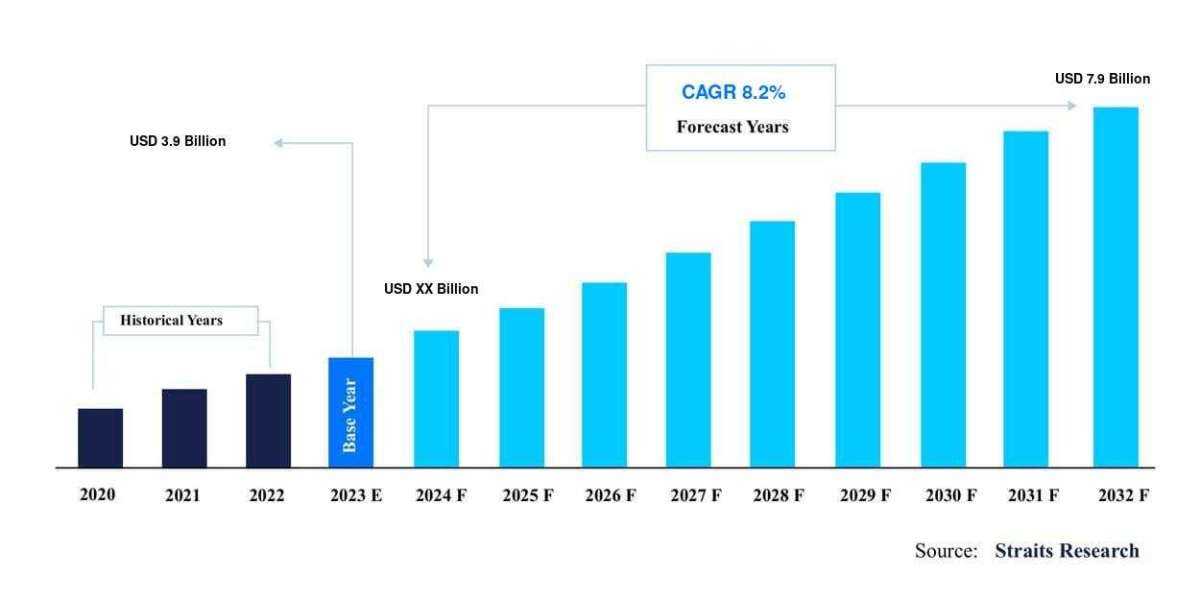Social Security benefits play a big role in retirement planning, and many people are looking for ways to make the most of these payments. The $16,728 amount you’ve heard about isn’t a direct bonus, but rather a potential annual increase that can be achieved through strategic planning. By making smart decisions about when to claim benefits, optimizing your earnings, and working together with your spouse, you can boost your retirement income.
This guide will walk you through ways to potentially increase your Social Security benefits by up to $16,728. We’ll cover key strategies like delaying when you start receiving benefits, maximizing your earnings, and understanding how working longer can impact your payments.
What Does the $16,728 Increase Mean?
The $16,728 isn’t a one-time bonus or extra payment. Instead, it’s a possible annual increase in your Social Security benefits if you use smart strategies. By planning carefully, you could see a significant boost in your monthly and yearly payouts, possibly reaching or exceeding this amount over time.
- Not a Lump-Sum Payment: This amount is not an instant bonus. It represents a potential increase from well-planned decisions.
- Yearly Increase: The figure shows how much your yearly benefits might grow by using different strategies.
Key Strategies to Maximize Your Social Security Benefits
Here’s how you can aim for that $16,728 increase:
1. Delay Claiming Your Benefits
One of the best ways to increase your Social Security payments is to delay when you start receiving them. The longer you wait, up to age 70, the higher your benefits will be.
- Full Retirement Age (FRA): Your FRA depends on your birth year. For example, if you were born in 1960 or later, your FRA is 67. For those born between 1943 and 1954, it is 66.
- Benefits Increase: If you delay claiming benefits past your FRA, your payments increase by about 8% each year until you reach 70.
2. Maximize Your Earnings
Social Security benefits are calculated based on your 35 highest-earning years. If you have fewer than 35 years of work, zeros will be included in the calculation, which lowers your benefit.
- Work More Years: To avoid zeros in your calculation, consider working more years, especially if you can replace lower-earning years with higher ones.
- Increase Earnings: The more you earn throughout your career, the higher your benefits will be.
3. Coordinate Spousal Benefits
If you’re married, you can work with your spouse to maximize your household’s Social Security income. In some cases, one spouse might claim benefits based on the other’s work record if it means a higher payout.
- Spousal Benefits: You might be eligible for a spousal benefit based on your partner’s earnings, which could be higher than your own.
- Couples’ Strategy: Discuss with your spouse to figure out the best approach for your combined benefits.
4. Know the Earnings Limits
If you work while getting Social Security benefits before reaching your FRA, your benefits might be reduced if you earn more than a certain amount.
- 2024 Earnings Limit: If you’re under FRA, the limit is $59,520. Earnings above this amount will reduce your benefits by $1 for every $2 earned over the threshold.
- After FRA: Once you reach FRA, your benefits won’t be reduced based on your earnings.
Factors That Affect Your Maximum Benefits
Here’s what you need to know to potentially reach the $16,728 increase:
- Age When You Claim: You can start claiming benefits as early as age 62, but your monthly payments will be smaller. To maximize your benefits, it’s best to wait until at least your FRA or even up to age 70.
- Work History: Your benefit is based on your lifetime earnings. Having 35 years of earnings is important to avoid a lower average that could reduce your benefits.
- Earnings Before FRA: If you continue working and earn more than the limit before reaching your FRA, your benefits might be temporarily reduced.
When to Apply for Social Security Benefits
Timing is key to ensuring you get your benefits when you need them. It’s a good idea to apply about four months before you want to start receiving payments.
- Application Timeline: If you want your first payment in April, apply in December of the previous year to ensure everything is processed in time.
The Truth About the $16,728 Social Security Increase
It’s important to know that the $16,728 figure isn’t an actual bonus or guaranteed payment. It represents the potential increase in your benefits that can come from careful planning.
- No Direct Bonus: The Social Security Administration doesn’t offer a one-time bonus.
- Strategic Planning: This number reflects the potential increase you can achieve by using the strategies mentioned above.
Conclusion
Maximizing your Social Security benefits requires planning and making informed choices. By delaying your benefits, you can increase your monthly payments and potentially raise your annual income by up to $16,728. Working longer, maximizing your earnings, and coordinating with your spouse can further boost your benefits. Understanding the earnings limits, especially if you plan to work while receiving benefits, is also crucial to avoid temporary reductions. While the $16,728 isn’t a direct bonus, it symbolizes the possible income increase you can gain through strategic planning, helping you build a stronger financial foundation for retirement.
FAQs
1. Is the $16,728 Social Security bonus real?
No, the $16,728 is not a bonus but a possible increase in yearly benefits based on strategic planning.
2. How can I increase my Social Security payments?
You can delay claiming benefits, maximize your earnings, and coordinate with your spouse to enhance your payments.
3. What is the full retirement age (FRA) for Social Security in 2024?
The FRA ranges from 66 to 67 years, depending on your birth year.






